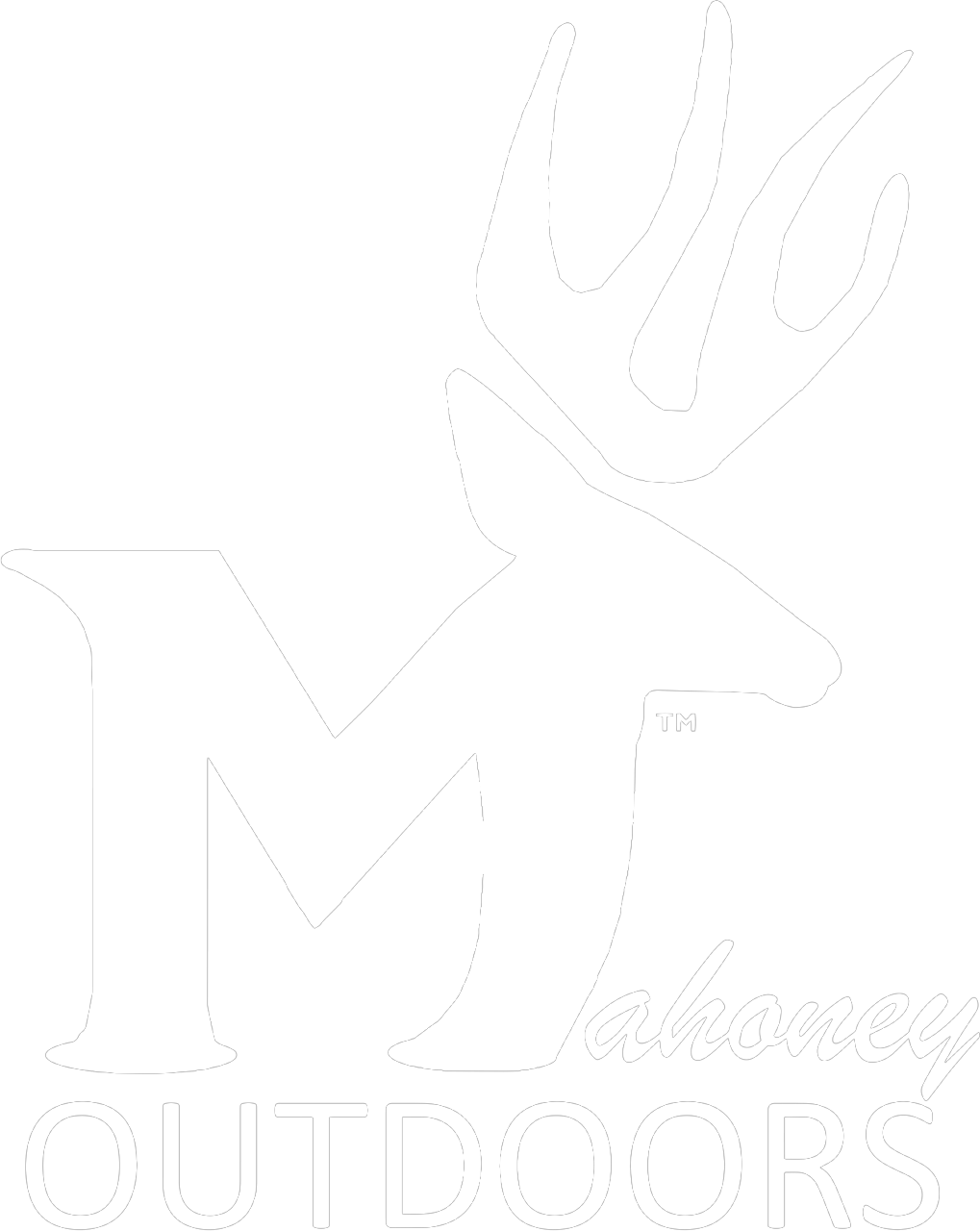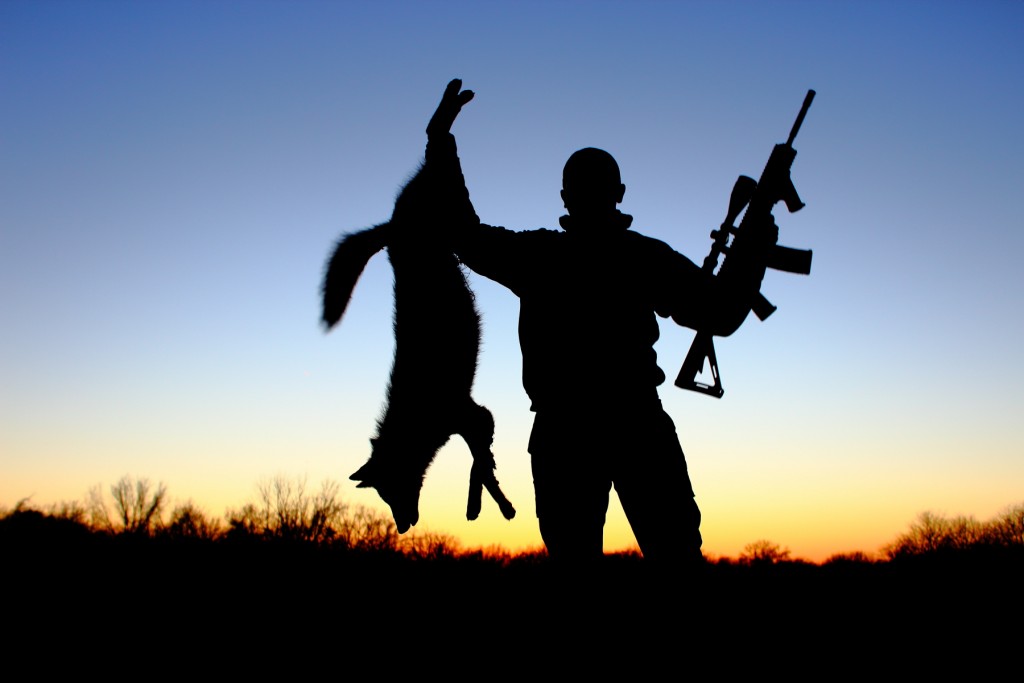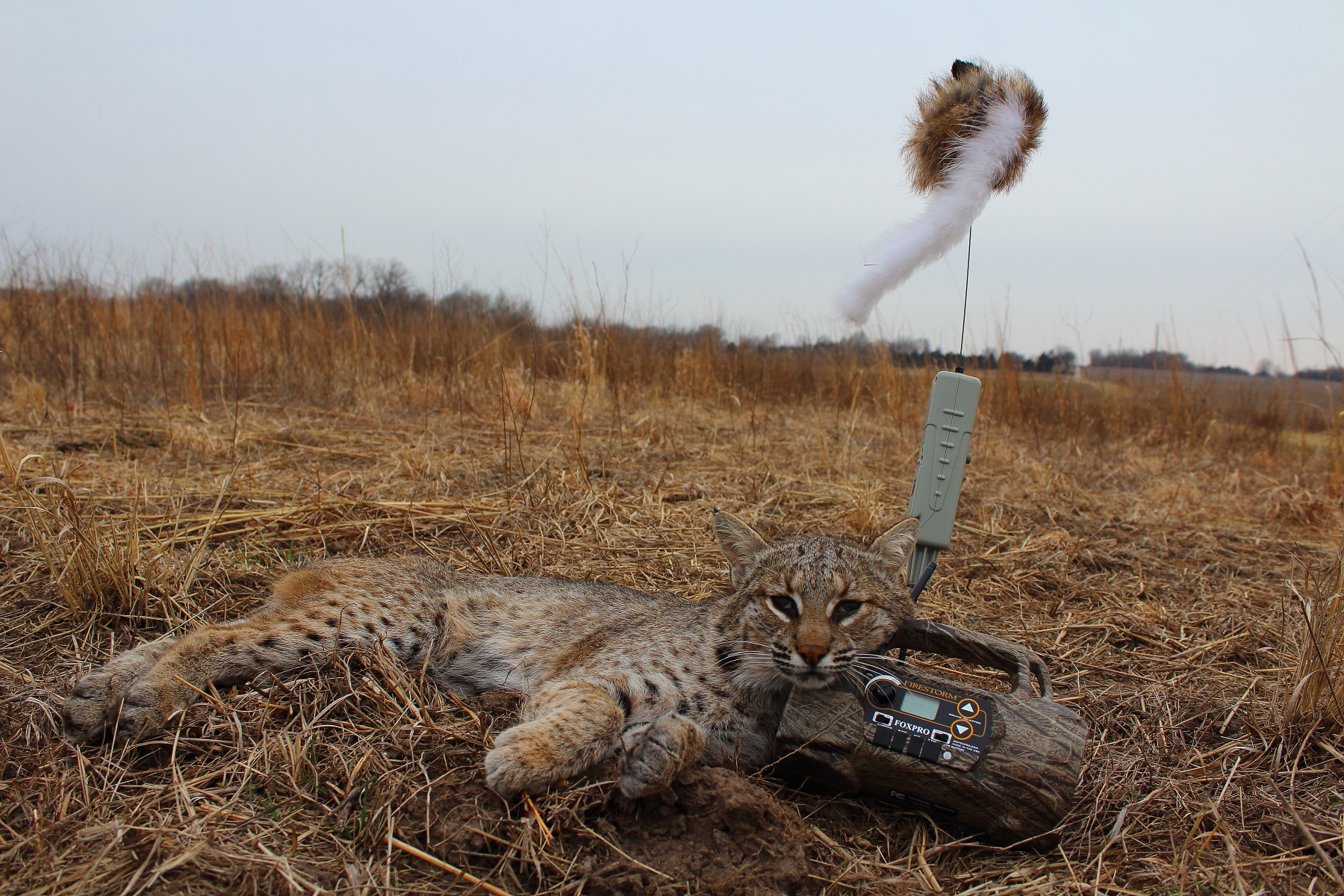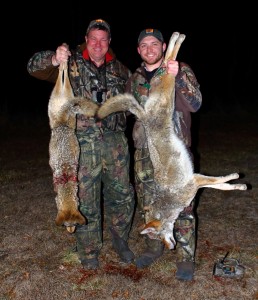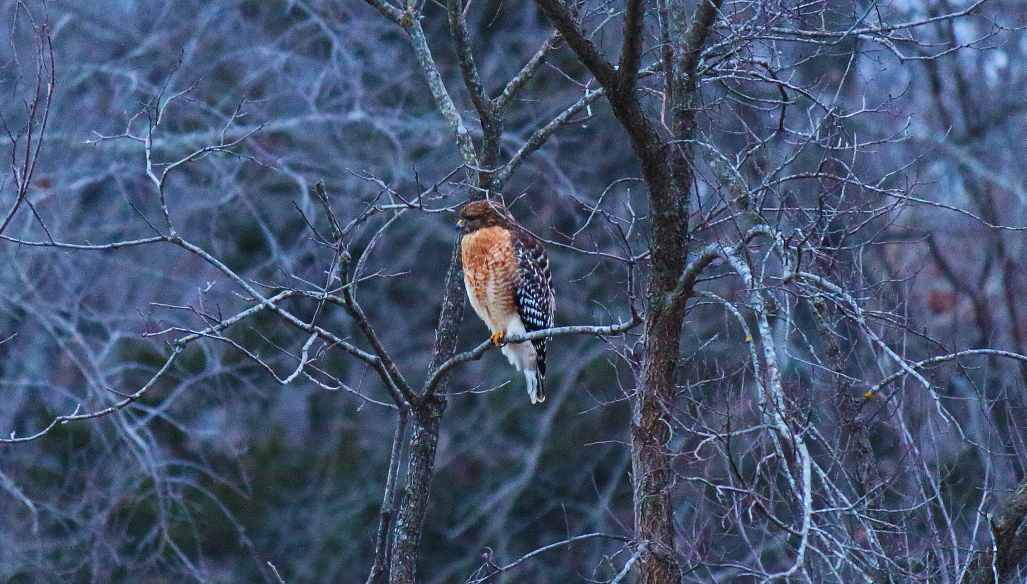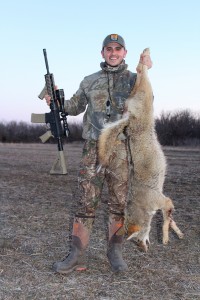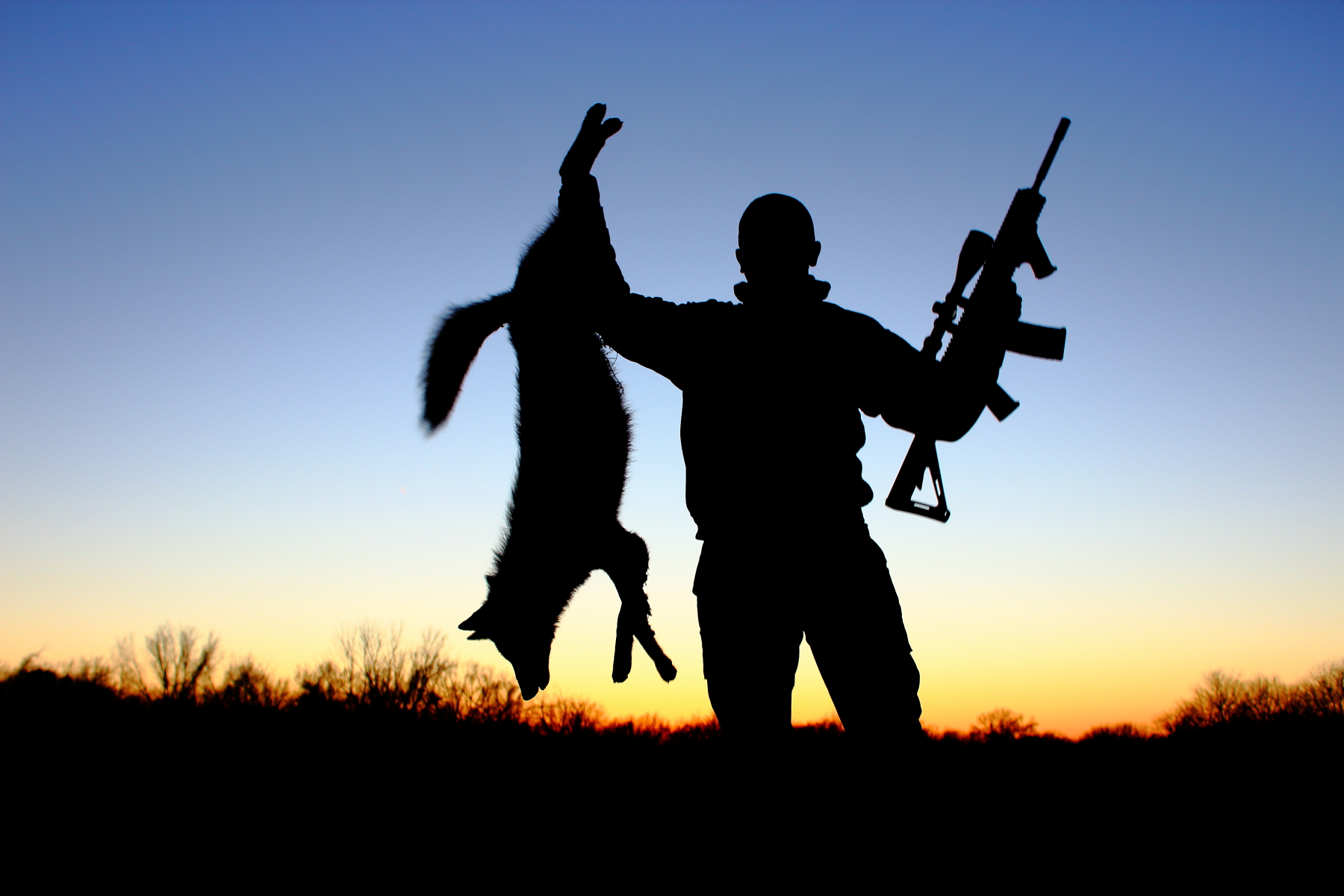In part 1, I gave a brief introduction to your available options and necessary items for effective predator control. Part 2 is a very in depth look at my strategy when hunting predators. This isn’t a short overview. This is a very detailed process showcasing how I find consistent predator hunting success. I’ll explain my favorite hunting conditions, stand and location set-ups, and calling strategy. As always, feel free to add any other advice in the comments section and let us know if you have any other questions!
Favorite Predator Hunting Conditions
In most states, you can hunt coyotes a majority of the year. In my opinion, the most ideal time to hunt them is January through March, which is their peak breeding season. They are very responsive to coyote vocalizations and because of the cold weather, are also equally responsive to animal distress calls. Early summer is also a good time to hunt them as well. Coyote pups are recently born so parents can be very responsive to both animal distress calls and pup distress calls.
Like many animals we hunt, early morning and late evening are prime times to hunt coyotes and bobcats as well. However, while predators are very active at night and early/late parts of the day, don’t be discouraged to hunt all day long. I wait for several factors before I begin hunting all day.
First, I like it to be 40 degrees or lower for at least a week or two. All animals struggle much more in cold weather to find food. Predators are no different. Animal distress calls become very effective as temperatures drop and begin to stay low. Snow makes it even better. Second, I like there to be minimal wind, preferably no more than 10-15mph, for several reasons. Predators can hear your calling much better in lower winds. Many animals are much less active in heavy winds. And, brutal winds in cold conditions make it much more miserable while you wait at each one of your setups. Third, my experience has shown when there is full cloud cover, predator hunting is much more productive. You can certainly call predators in clear, sunny conditions, but the number of predators I’ve killed on cloudy days far exceeds those I’ve killed on sunny ones. Maybe that’s just a coincidence, but my numbers don’t lie. Having most or all of those conditions will make your odds go way up when you attempt all day hunting for predators.
The Set-up
There are several important factors to keep in mind when you set up for predators.
The first dilemma I always address is locating where coyotes and other predators frequent. This can be determined with trail cameras and observation. Make a mental note whenever you find coyote droppings and tracks. When I bow hunt in the fall, I keep track of when and where all my predator sightings occurred. If for whatever reason you don’t have access to any of the data I just mentioned prior to hunting, you can still hunt effectively using your woodsmanship. Look for certain types of habitat to hunt around, such as large grass fields over rolling hills. Coyotes and bobcats love hunting mice through the grass. Pond dams are also typically great spots for lots of wildlife traffic. Or, maybe you have a creek or river running through your hunting area and there’s a narrow part where all the animals are forced to cross. Finding spots where the animals are forced to go as part of their travel routine can help you still get on predators, even if you’re going in blind. (FYI – Dams separating two bodies of water on either side of it are my favorite set-up spots.)
Once you think you know where the predators are likely to be, it’s time to think about where you will literally sit. Elevated tree stands you would use for deer are great, but sitting on the ground can be just as good. Don’t be afraid to erect a pop up blind either because unlike deer, coyotes typically don’t seem to mind them. When I make a sit, I usually look for spots where I can see and shoot a couple hundred yards. I want there to be thick cover to sit against so my silhouette is broken up. A tree, fence post, or large bush on a hill all work fine for breaking up your outline. Perhaps most importantly, I try to always be downwind of where I think the coyotes will appear. Just be ready to adjust when they do something completely opposite of what you think they will do.
One last important thing I strongly recommend to include in your set-up is a motorized decoy. Mojo Outdoors makes one of my favorite decoys, the Mojo Critter, but there are a variety of companies that make other quality options. Decoys are so important because they provide a visual for the predator to focus on. Their distraction gives you a much greater opportunity for a shot. Be sure to place your electronic call and motorized decoy 40-60 yards upwind of you. It needs to be located where predators can see it from multiple directions.
By the way, if you’re going after bobcats, the decoy is an absolute must have. Cats are typically very hesitant to come in unless they see distressed looking movement from a decoy.
Calling Strategy
The absolute most important rule I follow when calling predators is calling in low hunting pressure areas. Coyotes and bobcats become call shy very quickly. To combat this, I begin knocking on doors around my land to gain much more land access. It’s amazing how people jump for joy when you ask to hunt predators. That’s because it’s a win-win situation for everyone involved. You get more unpressured areas to hunt and they get free pest removal. Remember, it’s also a great opportunity and ice breaker to open discussions with your neighbors about quality deer management in your area…
If you are unable to gain more access, be very careful how often you hunt your area. For example, my family owns about 275 acres. There are two primary places where I know the predators frequent almost everyday. If the wind isn’t right, I don’t hunt. Period. If the wind is good, I will call one night a week. I will hunt other nights in the same week, but without calling. If I can’t resist the urge to call, I use completely different sounds than the first night of calling. For instance, over one week I might use mouse and cottontail distress calls one night and switch to distressed bird calls another night. All other nights I don’t call or don’t hunt.
Just like matching your camouflage to your terrain, it is equally important to match your call selection to your hunting area as well. For example, if you hunt in an area where there are no elk, don’t be using elk calf distress calls for predators.
Where I hunt in the Midwest, mice, voles, and cottontails are very common. I typically like to start with a quieter call like a mouse distress, and gradually move to louder, more distressed sounding calls, like a dying cottontail. Those calls work equally well for both coyotes and bobcats. Keep in mind, bobcats typically take longer to approach your set-up, so be ready to sit 45 minutes or more if you’re serious about killing one. If you use a coyote vocalization call, you kill your chances at a bobcat by about 99.9%. So if I’m trying for a bobcat, I might try a kitten distress call after the rabbit distress before I move to coyote vocalizations. Coyotes will still respond to a kitten distress. No matter what, I always end every set up with a coyote pup distress call.
You’ll know you are making the right sound selections for your area when you have birds of prey, like the hawk above, flying over and landing in trees to survey your decoy and call. If you start feeling like your calling is getting repetitive, go online and purchase more aftermarket sounds. Pretty much all makers of electronic calls provide additional calls for purchase that weren’t pre-loaded on your device. Sometimes all it takes is just a little different sound to get a coyote or bobcat charging in.
Some people set their electronic call and decoy up so the decoy only activates when the call is playing. That is fine, but it is much better to have your decoy moving during your entire set-up. Predators often times come in several minutes after you have finished a calling sequence. When no sound is playing, they need to see the movement of your decoy to capture their attention and continue bringing them in. More importantly, it will help keep the predator’s attention off of you.
Lastly, my calling set-ups typically last about an hour. I do nothing the first 10-15 minutes so I can let the area die down after I entered and got set up. The remaining time I am calling every 5-10 minutes. I call more if the wind is strong and less if the wind is calm.
Final Thoughts
Just like with all forms of hunting, there is no guarantee for success simply by following my advice. Simply put, hunting for anything is a game of odds. I don’t claim to be an expert by any means, but I do believe I am quite good at stacking the odds in my favor. If you follow my advice in this article, I’m confident the odds will be stacked in yours as well. Get out there and start saving some fawns!
